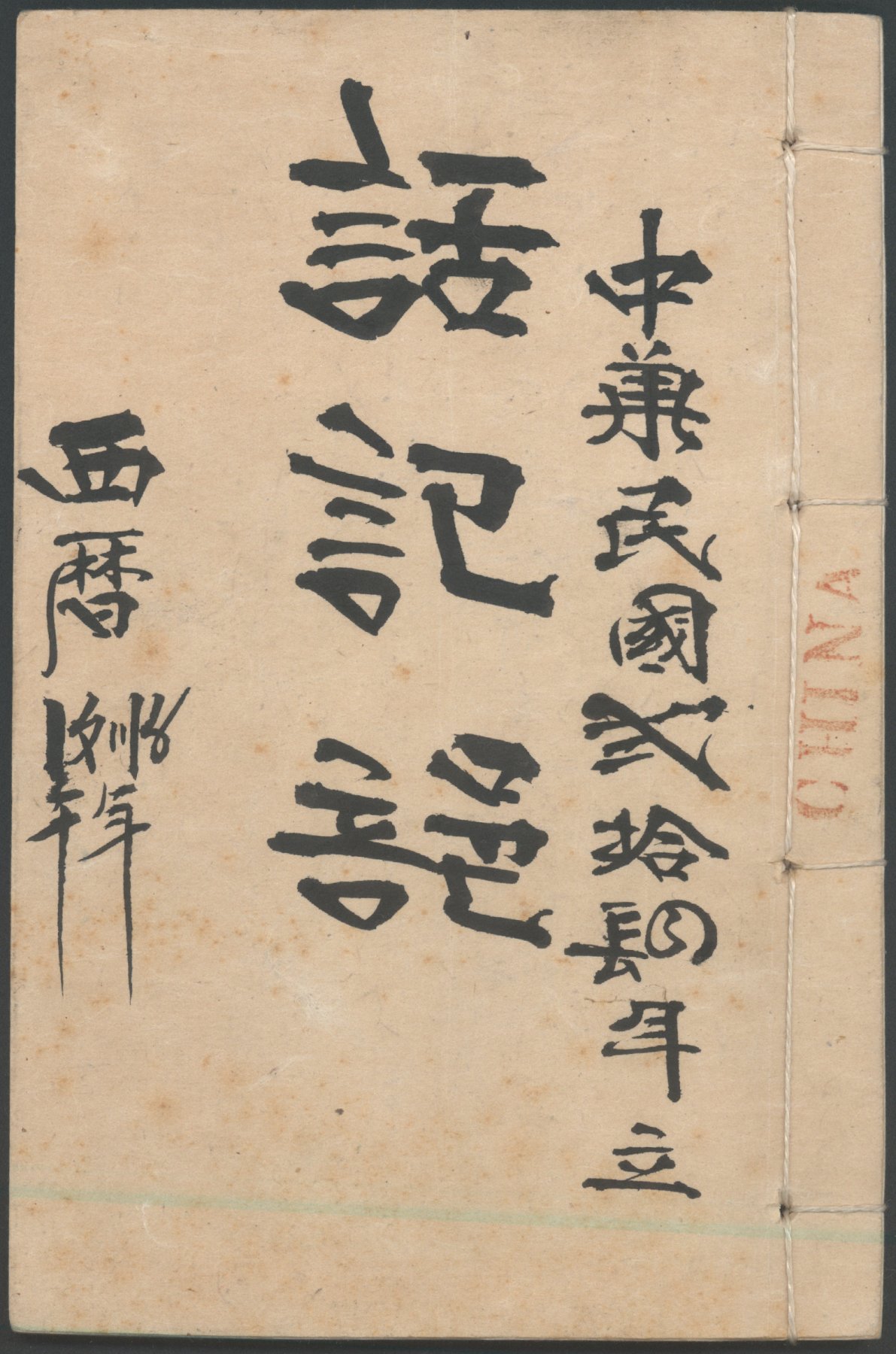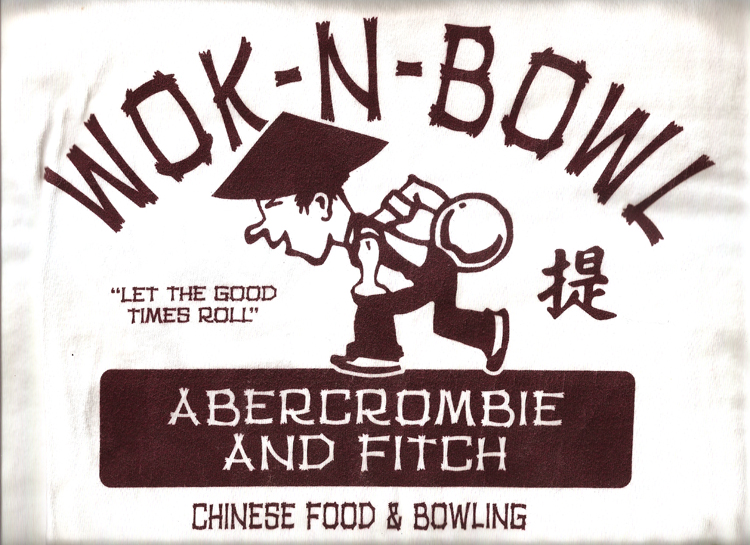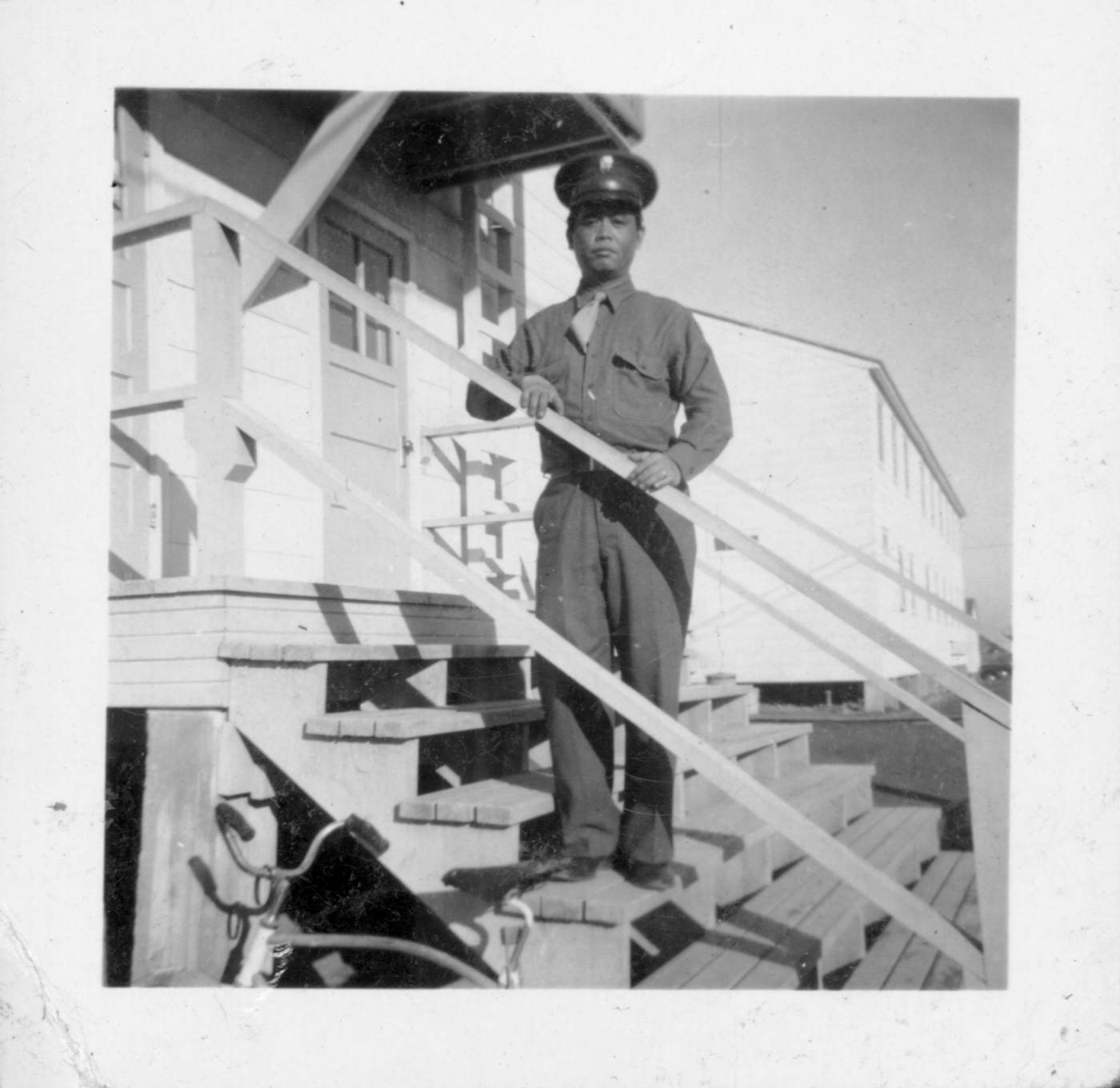
“Paper Son” Coaching Book, 1935.
Museum of Chinese in America (MOCA) Collection.
“纸儿子”训练手册,1935年。
美国华人博物馆(MOCA)馆藏
The 1906 San Francisco earthquake destroyed public birth records, creating an opportunity for thousands of Chinese men living in the States to claim they were born on U.S. soil. These “citizens” could then claim citizenship and documentation for any children – real or fabricated – born in China. Such documents were used to bring over children, extended family, or sold to others in the community. The people that entered the US under these circumstances were known as “paper sons.” The practice of “paper sons” became more prevalent as Chinese in America claimed multiple “sons” in order to bring over as many people as possible. While “paper daughters” did exist, cultural and practical considerations meant more men were sent to America as wage earners.
In an attempt to enforce Chinese Exclusion in the absence of any records, the Angel Island Immigration Center opened in 1910 to interrogate mostly Chinese immigrants. Coaching books such as this one were created to help paper sons memorize details relevant to their “family” that could be asked during the intense interrogations. The above coaching book dating to 1935 answers questions such as “Do you still keep your great-grand parents’ tombs? How many of them in total?” “Have any of your brothers been to the Gold Mountain [USA]? When? And where are they now?”


